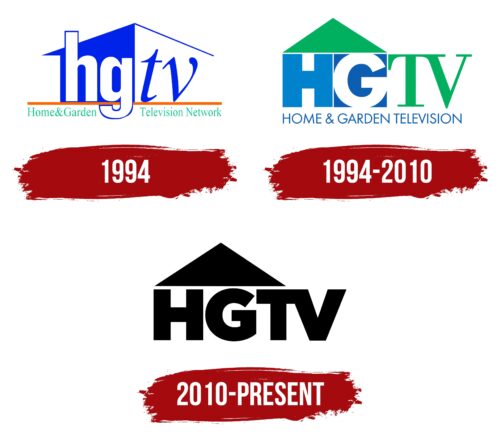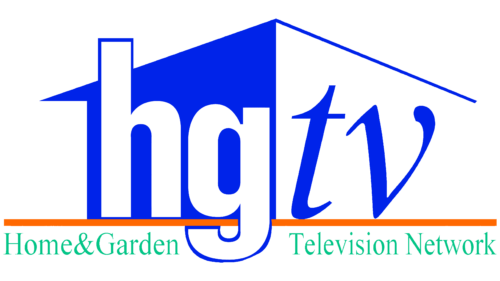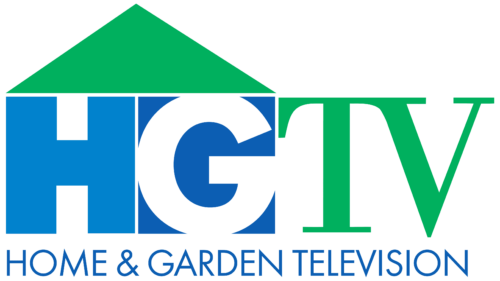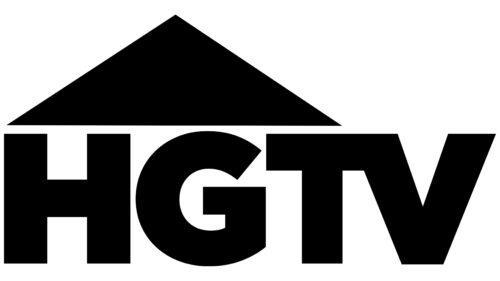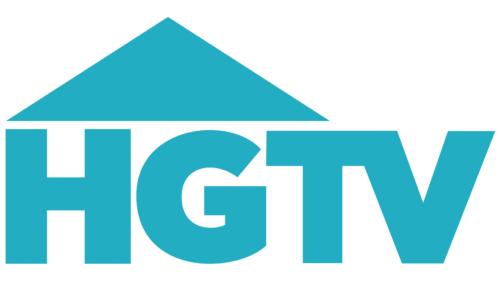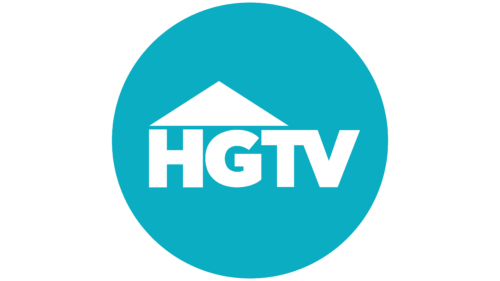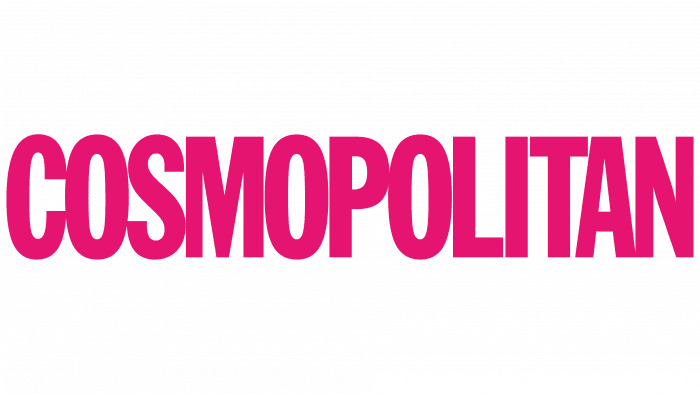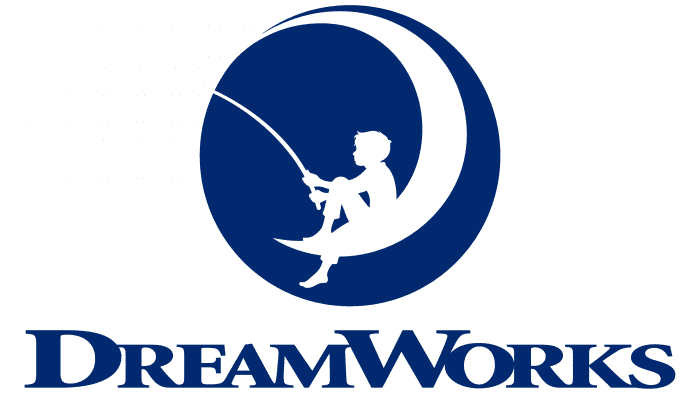The HGTV logo reflects the company’s business line and the content theme. Essentially, it symbolizes a TV channel that adds friendliness, coziness, and comfort to the home. Thanks to its straight lines and substantial elements, the emblem looks unshakeable, indicating the TV channel’s constant presence in the program.
HGTV: Brand overview
| Founded: | December 30, 1994 |
| Founder: | Warner Bros. Discovery |
| Headquarters: | Knoxville, Tennessee, United States |
| Website: | hgtv.com |
Meaning and History
Launching this TV channel began in 1992 when the head of EW Scripps Company pondered its plan. Initially, Kenneth W. Lowe did everything himself and then turned to Susan Packard. Of course, the identity of the future television project was within their area of interest, so the debut version was presented in pilot form, even before the final channel launch.
Essentially, the HGTV logo reflects the primary content and the company’s line of business. The home is the key factor. The channel explores its different aspects, shows incredible viewpoints on improvement, and gives tips for maintaining a good microclimate. The sign also focuses on real estate issues.
What is HGTV?
HGTV is a pay-per-view channel in the United States that talks about real estate and homes and runs various shows about their improvement. It has existed since 1994, is headquartered in Knoxville, Tennessee, and is owned by Warner Bros. Discovery.
1994 (pre-launch)
The logo consists of an improvised house easily recognized in the gable roof. Underneath it, on the left, is a cobalt wall. It is fully painted, and against its background, the first part of the channel’s name – “hg,” is visible. Even though the inscription is large, the letters are in lowercase. The elongated upward vertical line of “h” extends far beyond the roof, acting as a chimney. The right side of the hypothetical house is white, so it seems illuminated. The second part of the name is “tv,” typed in thin italic font. Below is a turquoise inscription, “Home & Garden Television Network,” separated by a red stripe.
1994 – 2010
The HGTV logo of this period is visually divided into five fragments. The first is a large “H” in blue, the second is a square with a white “G” inside, the third is the abbreviation “TV,” painted in mint green, the fourth is a triangle, mimicking a roof, and the fifth is the full name of the channel. All inscriptions are typed in uppercase. The first two glyphs are blocky, so they look like a house wall with windows (their role is played by the voids of “H”). But the abbreviation “TV,” on the contrary, is thin and has serifs connected at the top.
2010 – today
The emblem is neutral: the exact visual reference to the building has disappeared. Only the triangular roof remains, which covers not only “HG” but also “T.” The gap between them has increased. The letters are in the same font: wide, massive, bold, and choppy. The channel’s full name is no longer used, as is the square for “G.”
Fonts and Colors
In the logos of the channels of different years, inscriptions are typed in different fonts. They even differ within one visual identity sign. This can be observed in early emblems, where there is a clear separation between “HG” and “TV” because they have different writing styles. The predominant type is the grotesque set with block letters—Gotham Ultra. It is an original combination of Times New Roman and Futura.
The corporate palette is mainly turquoise, supplemented with different colors. Among them are cobalt, light blue, and white. Also, a black version of the logo is found. In this regard, everything depends on the background on which the channel’s symbol is located.

